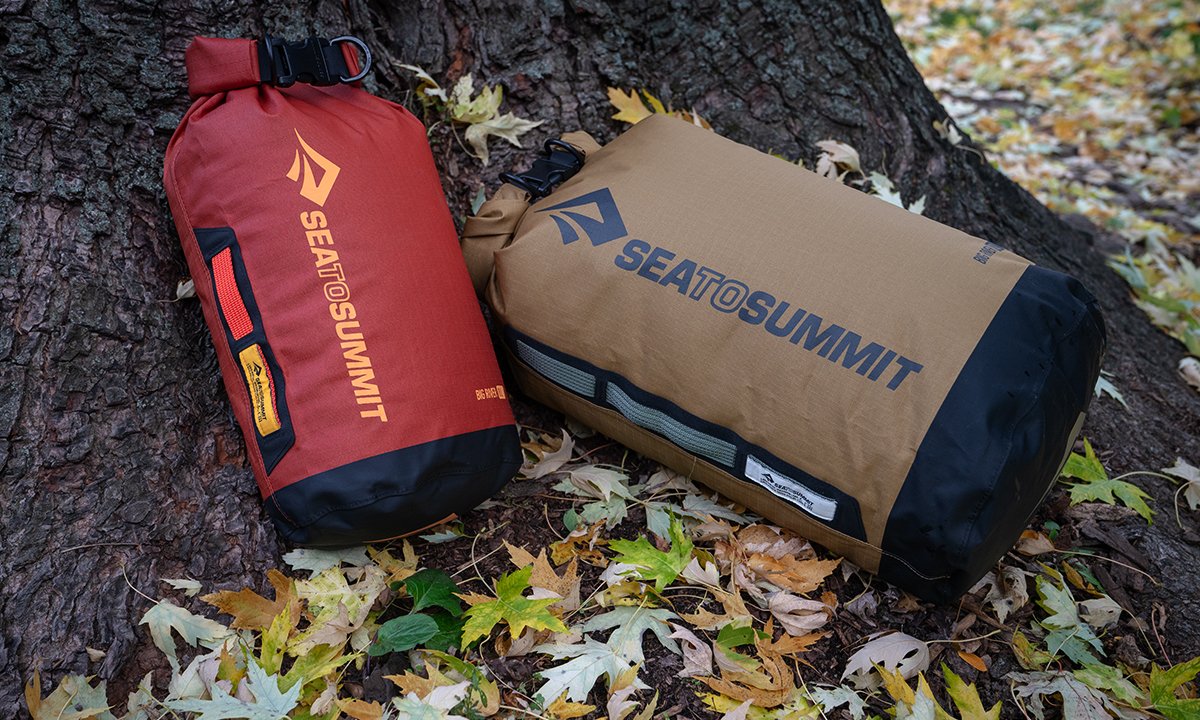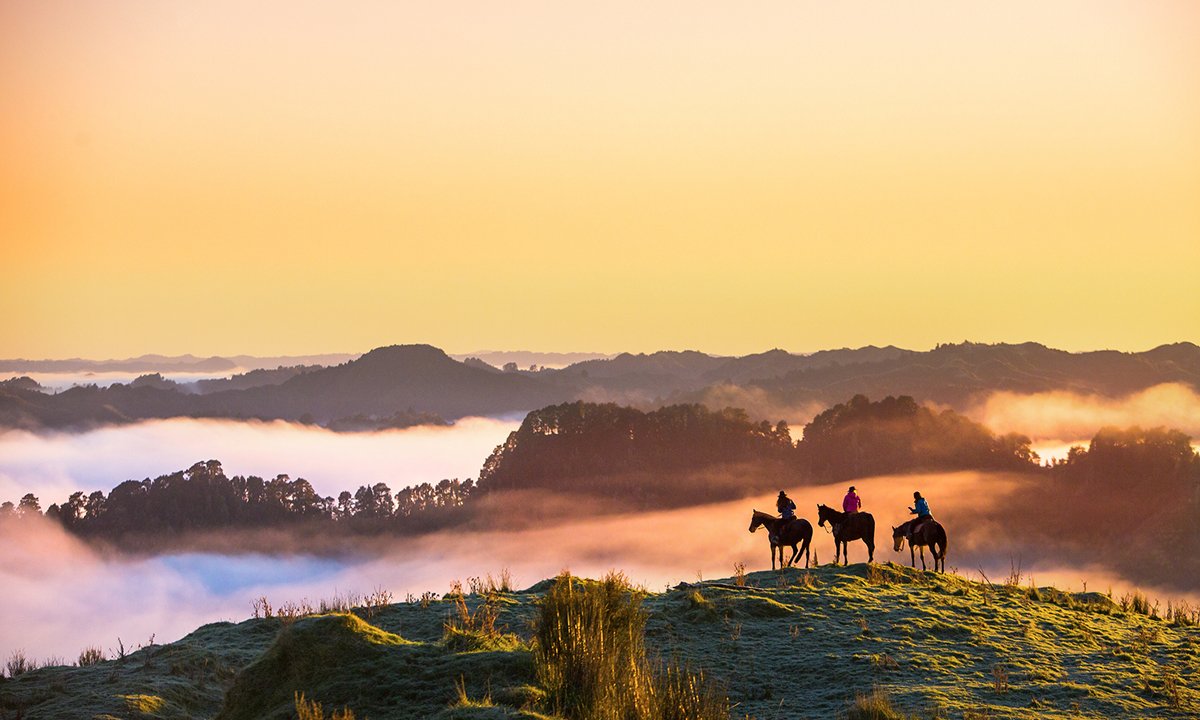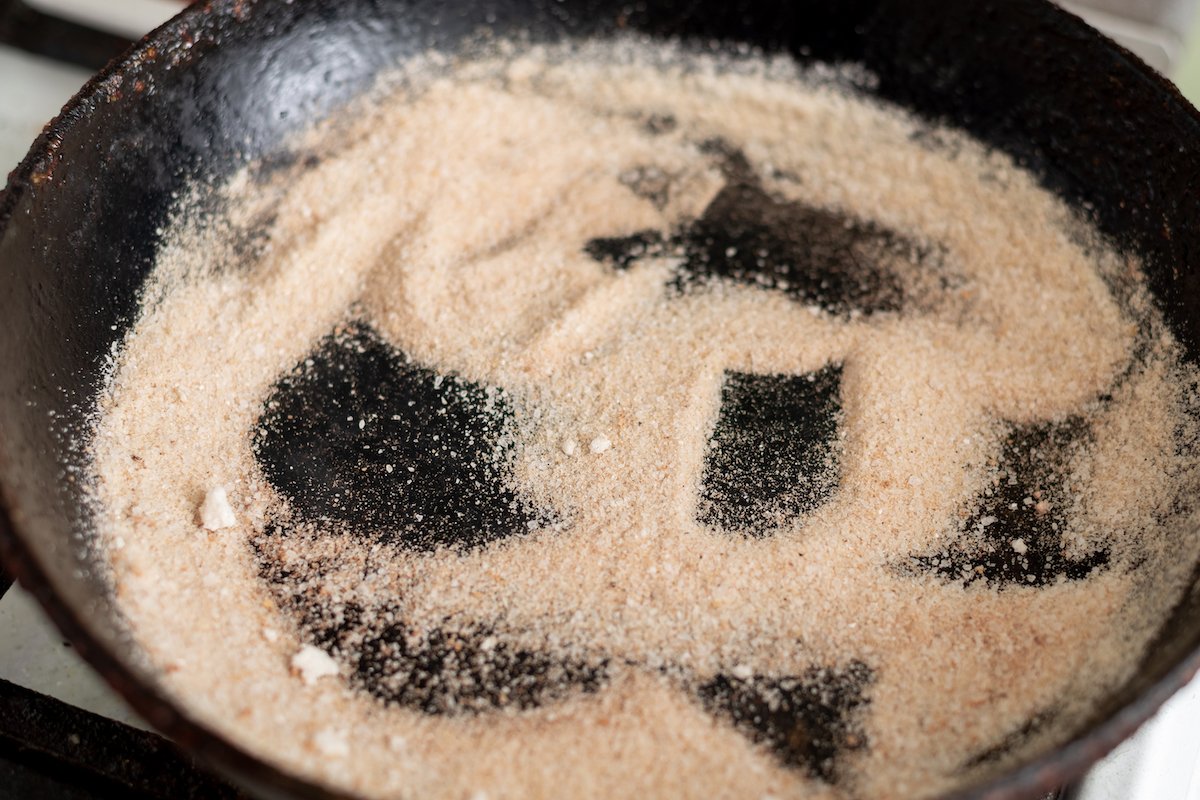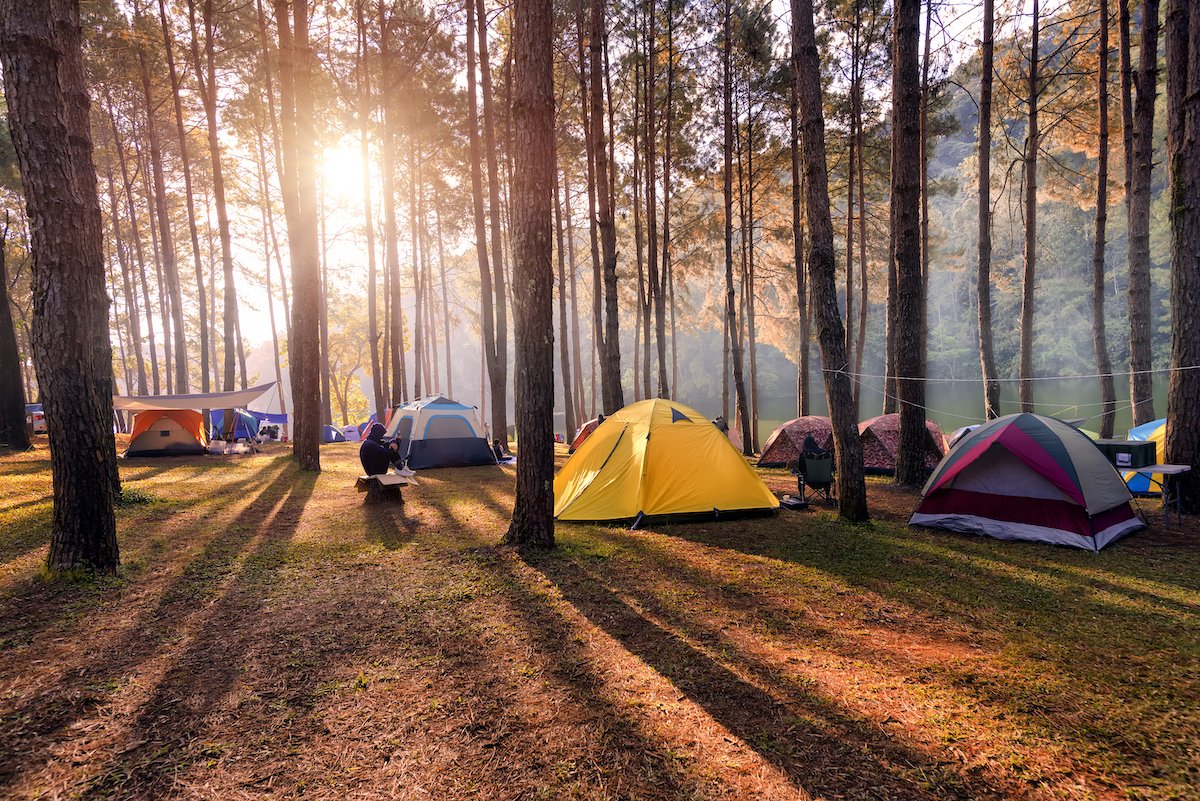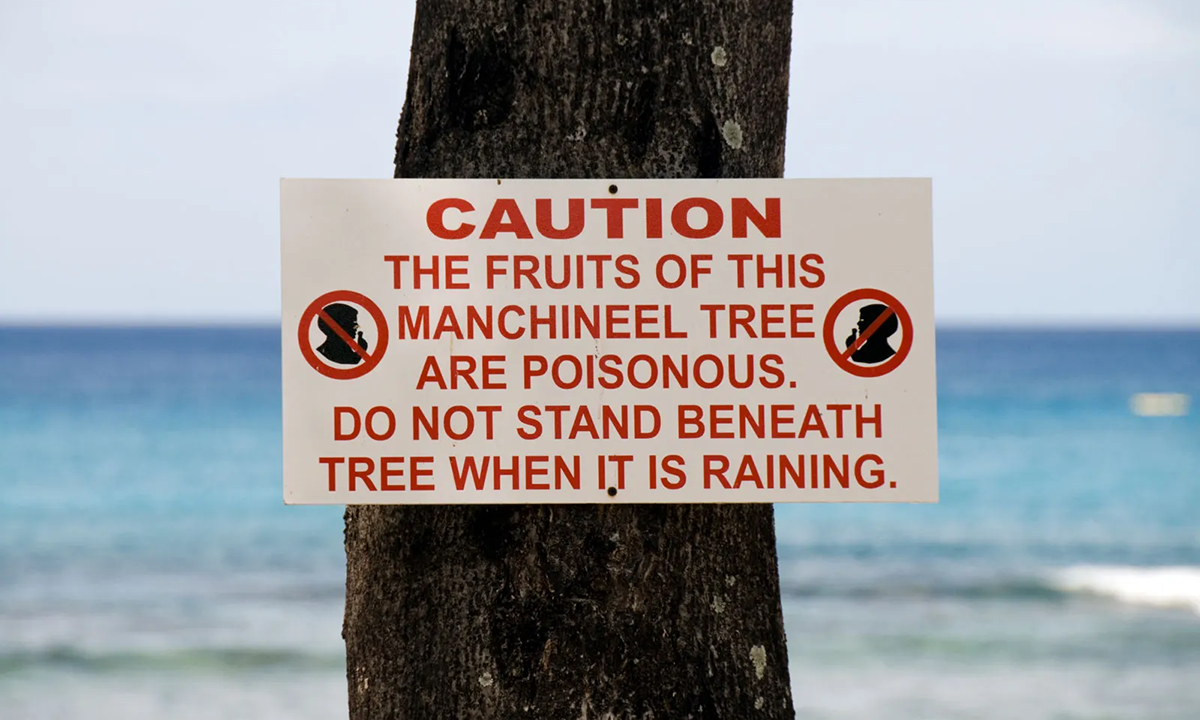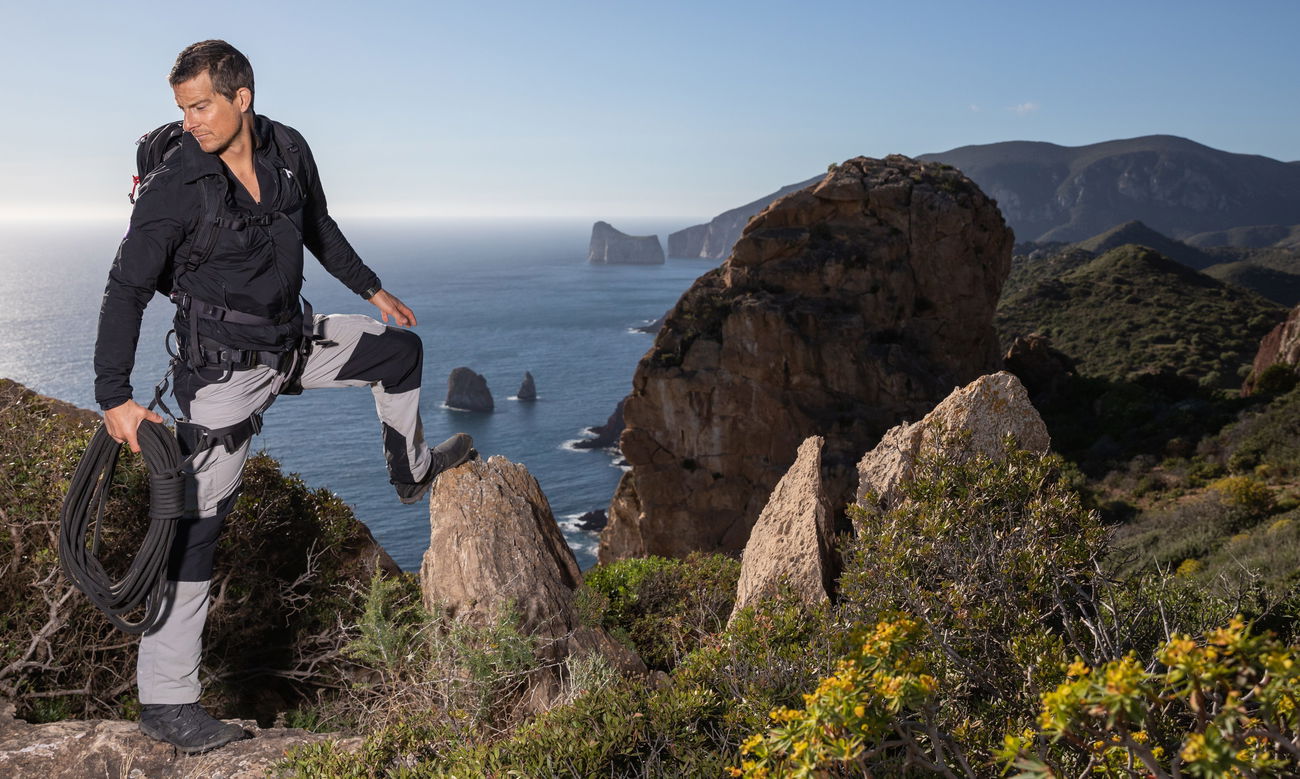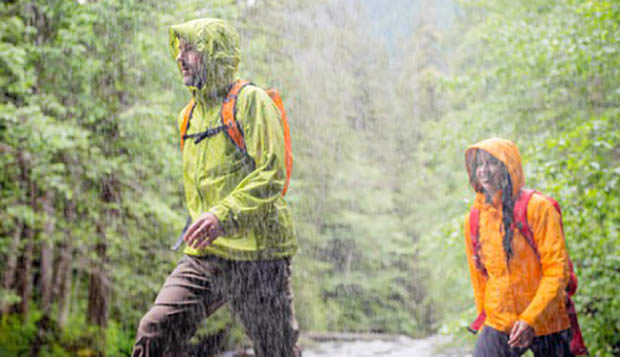

Don’t be afraid of a little snow on the ground when it comes to camping and campfire making. While the elements can sometimes make it a bit harder to get a spark going, the principles of campfire creation are the same regardless of the season, you’ll just need to make a few adjustments before you’re sitting in front of a roaring blaze.
Videos by Outdoors
Winter vs other months
Cold temperature, early darkness and frozen grounds are a few seasonal hurdles that can up the campfire urgency — and difficulty — during the winter months. Sometimes winter can also bring a muddy snow thaw – and with it a wet, damp ground which can make it harder to find a suitable area and proper kindling to get a spark ignited.
Gather your combustibles
While it’s still light out, collect dry firewood of all sizes, from sticks to logs, and leaves to use as tinder. During winter, materials can be scarce or wet, so consider bringing dry wood and kindling like newspaper or cardboard with you as well as an environmentally friendly fire starter, if you can.
Pick your spot
Pick a safe area away from the trees to create your fire pit. Clear away any snow or leaves in the area and ensure the area is clear of rocks or equipment that can become hazards in the dark. Dig a hole to create a fire pit. If the ground is frozen, lay down stones to create a dry space to build the fire.
Get a spark and keep it going
An easy way to start a fire is to construct a teepee shape with sticks. Place twigs, other kindling, and the tinder in the middle of the triangle and surround the whole thing with a ring of wood logs. Then, ignite your tinder with a fire starter or waterproof matches. (If you don’t have matches or a lighter, you can still get a fire going, it just may take longer.) Blow lightly on it so oxygen can build up the fire and flame. As it burns, add sticks to keep it growing, and check on it periodically throughout the night.
Clean up
When you’re ready to pack up your campsite, you should ensure the fire is extinguished completely. Pour water on top (be careful of hot steam!) to put it out. Winter is an advantage when it comes to clean-up since snow can help douse flames. Mix the ashes around a bit, and add moisture to it again. Continue until the embers are completely out, and you can touch the ashes without any heat coming off of them. Of course, follow proper camp etiquette, clean up the fire site, and dispose of garbage properly.
Safety first
With any campfire, any time of year, ensure you and other campers are always safe. Pitch your tent an appropriate distance from the blaze, and always have a first aid kit handy, just in case. Happy cold weather camping!
Photo by Kezadri Abdelhak on Unsplash
